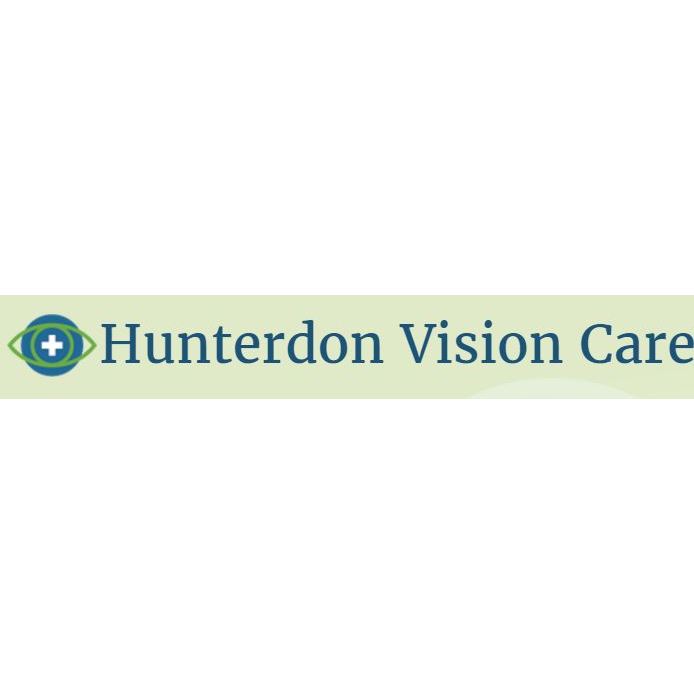If you know that you are at high risk of certain eye diseases, such as glaucoma, it’s best to get an eye exam every two to four years up to age 40, then every one to three years between 40 and 54, and every one to two years beginning at age 55.
Do you sleep with your contacts in? Even if they are extended-wear contacts, doctors recommend that you take them out before going to bed. It’s said that your chance of getting an infection is 10-15 times greater if you sleep with them.
Some studies indicate anthocyanin, an important compound found in berries, grapes and red wine, may increase rhodopsin regeneration in the eyes. Rhodopsin helps improve vision in low-light conditions, but its ability to regenerate typically declines with age.
While it can feel a little needless to go to the eye doctor every year when you always receive a clear bill of health, it’s still a necessary exercise. Since eye issues can develop at any stage of life, catching them early is the best way to ensure your continued good visual health.
The Amsler grid is a diagnostic tool that is used to detect any visual disturbances that are caused by changes in the retina. It is a grid consisting of horizontal and vertical lines to test and monitor a person’s central visual field.
Do you have a clouding of one or both eyes? If so, that could be cataracts, which are most commonly due to aging, according to the U.S. Eye Institute. In fact, it is estimated that more than half of all people in the U.S. will have had cataract surgery or have a cataract by the age of 80.
Did you know that glaucoma is the number-one cause of blindness in African Americans in the U.S.? One of the difficulties in diagnosing glaucoma is that it takes some time before any symptoms develop. Glaucoma often impacts peripheral vision first and then can affect reading as your visual field is slowly diminished.
Regular eye exams for your children during the school years are important. Often, children with undiagnosed eye issues can mistakenly be labeled as a slow learner or as having developmental disabilities instead.
Did you know that the average person with regular color vision can distinguish between more than 100 different color hues? A severely color blind person, on the other hand, can only distinguish about 20.
If you don’t have any fancy herbs on hand that you can use to soothe your eyes, we recommend plain old chamomile tea. Grab two of the tea bags and run them under warm water before applying to the eyes.
The term “color-blind” is usually a misnomer. Most people with this condition, also known as "color vision deficiency," have difficulty distinguishing between shades of red and green (or in some cases, blue and yellow). The condition affects about 8 percent of men and 0.5 percent of women.
Checking your prescription every year helps keep your eyes healthy and prevents premature aging and strain by keeping you in the right prescription.
How does an eye chart test a person’s vision? The patient is placed 20 feet from the chart, or through the use of mirrors, looks into a screen that approximates that distance. If you have 20/20 vision, it means you are able to see clearly from 20 feet what a normal person should see from that distance.
Bacterial conjunctivitis is often caused by staph or strep bacteria and it can be quite contagious if left untreated. Typically the optometrist prescribes antibiotic ointments or drops, which can alleviate symptoms in a matter of days.
Did you know that many eye diseases are curable or at least treatable if they are detected early? Common eye conditions include glaucoma, cataracts, refractive errors, and diabetic retinopathy.
Each type of conjunctivitis or “pink eye” requires a different treatment. If the condition is caused by allergies, the optometrist may prescribe artificial tears to alleviate the gritty sensation along with antihistamine or topical steroid drops to reduce inflammation.
Bacterial conjunctivitis (pink eye) can be highly contagious. Avoid touching your eyes with your hands, use a fresh washcloth and towel each day, and never borrow anyone’s mascara, eye cosmetics, applicators or eye-care items.
The bottom line is, normal changes to eyesight occur gradually. Thus, if you suddenly experience blurry vision or problems focusing, this could be a sign of a larger issue with your eyes, and it’s important that you see an eye doctor as soon as possible.
The condition known as chemical conjunctivitis occurs when you’ve been exposed to irritants like chlorine in swimming pools or airborne chemical compounds. The optometrist uses a saline solution to flush the eye and may prescribe topical steroids.
What does it mean to be “cross-eyed?” It means that some part of the eye movement machinery is defective. The defect may be in the inner eye, or in the muscle, the nerve, or in the brain. Many vision problems can be repaired, so it’s important to get your eyes checked.
Did you know that one of the most common symptoms of pregnancy is blurred vision? However, most women’s eyesight returns to normal after they give birth.
Visual field testing includes: the Amsler grid, confrontational field, static field for glaucoma screen, static field for lid droop or ptosis screen, static field for complete glaucoma evaluation, Kinetic Goldman field for complete glaucoma evaluation, and the frequency doubling analysis for glaucoma screen or evaluation.
What food do you think is the best for your eyes? Many people automatically answer carrots; however, while carrots are great, it’s actually spinach, kale, and other dark, leafy vegetables that are the best!
How many times have you been told that reading in the dark will hurt your eyes? It is true that reading in dim light strains your eyes, and may cause you to get a headache as a result, but it will not affect your vision in the long-term.


